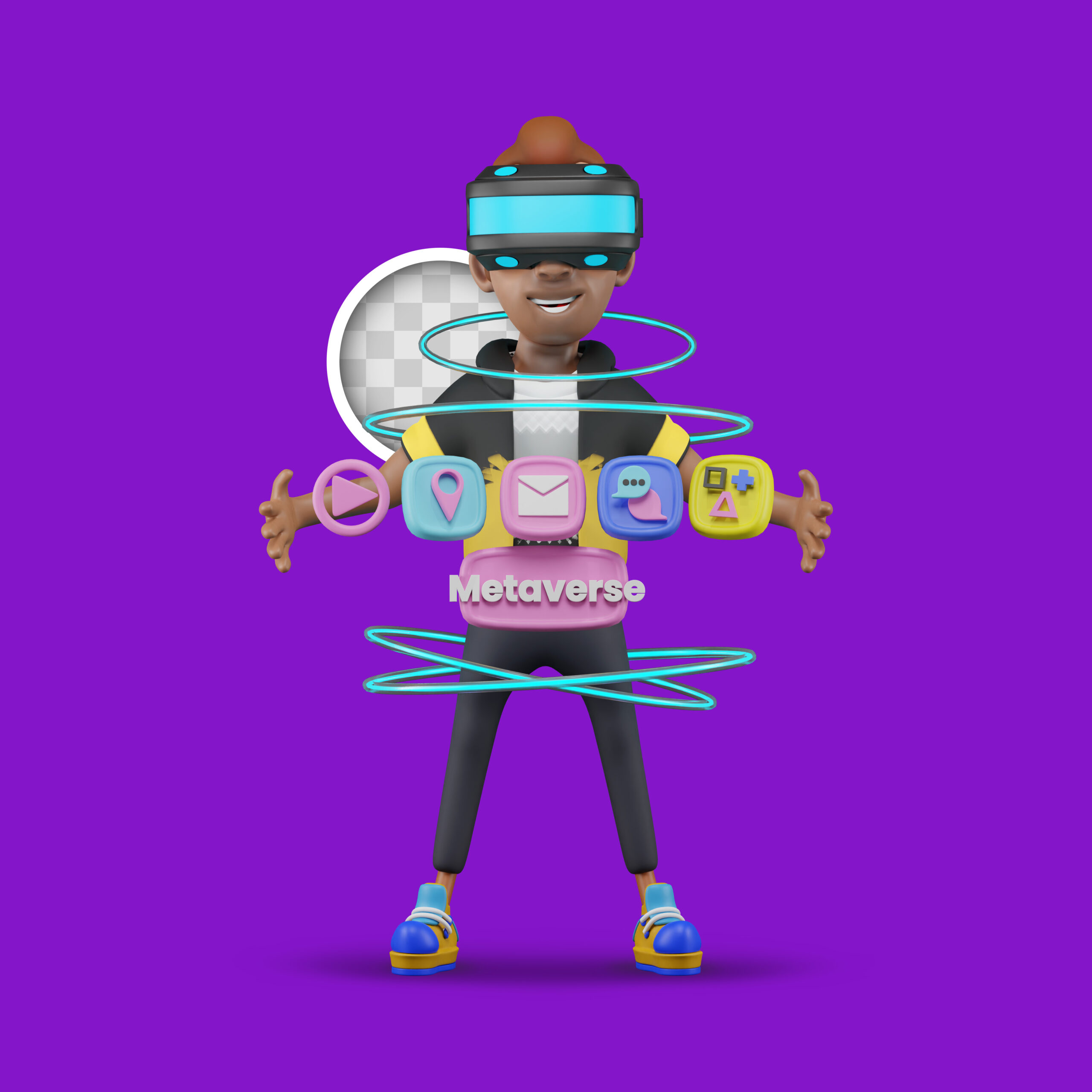When asked about industries embracing technology, the educational sector may be one of many things that come to mind. However, internet education was a lifeline for many people during the COVID-19 pandemic. Education is now a key player among the top five industries that employ and benefit from chatbots.
Chatbots designed to help students, parents, and teachers in the classroom can improve the educational experience for everyone involved. Chatbots are used in various settings to improve service delivery and educational quality, from automating the application process to providing personalized training and collecting user feedback.
Is expanding and modernizing your company something you’re interested in? If so, you can get assistance from any of a large number of chatbot development firms throughout the world. Hiring a Chatbot development company in Dubai is the best option for gaining a wide range of benefits for business development. In this approach, not only can you help your company expand, but you can also reap a wide range of benefits.
In this article, you’ll learn about the benefits of educational chatbots and their potential threat to the human education industry.
Adapting Chatbots for Instructional Purposes
The majority of instructional software is not suitable for today’s digital natives. Technology is increasingly important in education for a generation reared with smartphones and tablets.
These days, it doesn’t matter what time of day or where a student is located; they want an instant response to any query they might have. The role of the educator, traditionally that of guardian of knowledge, has evolved from technology developments into that of guide or facilitator of student learning.
Student diversity in learning preferences, expectations, and existing abilities persists despite these changes. Teachers in today’s schools sometimes need help finding the time to provide each pupil with individualized attention. Private instruction is preferable, but it’s only sometimes doable. The use of chatbots, however, can provide a low-cost alternative.
As AI has progressed recently, chatbots have gained the ability to converse with students. Helping people get back on track and fill in knowledge gaps is easier when these systems automatically give relevant, helpful information, present alternative strategies, answer questions, and supply fresh material.
How are chatbots impacting the classroom in these six ways?
1. Questions about the curriculum
As more schools transition to online and EdTech platforms, students and parents have more issues regarding course availability and costs. Humans, however, lack the time to fully explain the process, which is where a chatbot comes in.
The extensive knowledge of the topic held by the educational chatbot comes in help here. Information such as the course’s price, length, content, and deadline is provided. This can help build bridges of trust and open dialogue between the school and the student’s family.
2. Support staff in classrooms
The AI chatbot for education is a great tool for any educator who might use some help with classroom management and grading.
After all, it’s common knowledge that purpose-built chatbots for the classroom may be extraordinarily useful tools. Bots can do many useful things in the classroom, including grading homework and giving regular practice tests. Students can keep track of assignments and communicate with teachers directly. They help get things done quicker and with less wasted effort.
3. Responses from Students
An institution’s ability to read a student’s emotional state during and after class is crucial. However, the institute does not have the workforce to interview thousands of students personally. If the pupils have questions or aren’t satisfied, all of your hard work will be for naught.
As a result, developing a chatbot with a focus on education should be a primary goal. The quality of responses and the rate of progress toward goals will both rise if you incorporate casual discussions and ask relevant questions.
4. Participation of Students
It is preferable to maintain millennials’ interest and participation across all channels.
Keeping kids attentive is the single most important factor in establishing your authority over them. Today’s Students are picky and frequently shop around before choosing a single course, so providing only the best is important. Even if you provide the highest quality education, you must sustain their interest and loyalty through regular events and activities.
In these kinds of situations, educational chatbots are invaluable. Through individual notes, they update students on their progress and provide constructive feedback. More students and their families are converted, which benefits the institute’s expansion.
5. Funds for Education
Convincing students to enroll in and have faith in an online course can take time and effort. Therefore, course designers must pay special attention to individual learners’ needs and interests.
Attracting new students to your school and convincing them to enroll in your classes has grown more challenging due to the explosion of free internet resources.
So it’s important to design a program that doesn’t break the bank but has many advantages. More individuals will sign up if you offer unique classes at reasonable prices.
By facilitating one-on-one communication between students and teachers, educational chatbots can assist teachers in more effectively meeting their needs. This information can help you plan for your financial future with confidence.
6. Methods of entry
Schools need to assist prospective students during the admissions procedure. Increasing your students’ conversion rate is as simple as making their lives easier.
In the preliminary stages of schooling, a Chatbot can be invaluable. Artificial intelligence bots streamline the processes of giving entrance tests, keeping score records, generating a list of qualified applicants, and fielding questions from prospective students. This is because it would take too long to process everything by hand. Therefore, using computers is recommended. To do this successfully, you’ll need to build a logical bot flow and incorporate appropriate queries.
Here are six reasons why universities should adopt chatbot technology.
1. Facilitates better dialogue in the classroom
Students today rely heavily on the Internet as their primary research resource, and question-and-answer apps have grown increasingly popular and well-rated.
These educational applications have gained popularity because using them is more fun than reading a textbook.
2. Act as a Teaching Assistant
When we need assistance with a subject, we often seek it from a teacher.
Conversely, a chatbot can provide the same level of instruction as a human teacher by pointing the student toward relevant online materials.
3. A quick solution to a problem
If a student has a query, the online chat support staff can answer it. The procedure of turning in assignments, answering emails, sending SMS, and making comments may all be streamlined using this tool.
Teachers can save time by directing pupils to useful internet resources through the chatbot feature. They can use the site to apply to schools and receive admissions details online.
4. Useful as a Pedagogical Resource
Student engagement and motivation have improved due to chatbots’ incorporation into instructional software.
Pupils’ progress may be easily monitored in a virtual classroom setting, and even the pupils could understand the most difficult topics.
Many students like the convenience of talking to a chatbot whenever they want.
Conversations between the chatbot and students can be recorded and used for grading purposes.
5. An Intelligent Reaction Mechanism
Learning relies heavily on receiving and processing feedback. Teachers’ effectiveness can also be evaluated using the online discussion forum.
Automatic answers and conversational formats might add some flavor to the feedback loop.
Students would benefit more from surveys and feedback on lecture quality if they were presented more conversationally. Teachers can consolidate feedback on their student’s work and highlight important areas using a chatbot-enabled smartphone app.
6. Enhanced Student Aid
Every student has looked for extra online courses to take to better understand the material presented in class.
Here, a student can interact with a chatbot specifically for education, obtaining advice on assignments and recommended readings.
This benefits students by allowing teachers to devote more time to those with the slowest learning rates and relieves stress for both groups.
Conclusion
The widespread adoption of AI has revolutionized business processes and customer service. Both educators and students can gain from incorporating chatbots into their classrooms. They help maintain the credibility and excellence of education as a whole.
If you want the best results for your business, you should go with the flow and welcome future changes.





















Leave a Reply